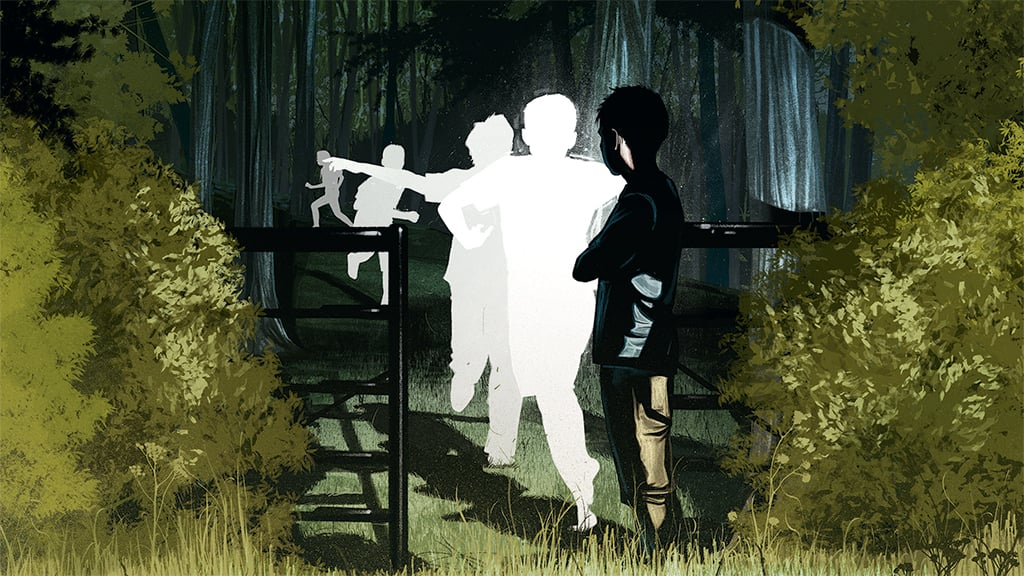
“If you’re just beginning your journey,” a friend advises Muller in this account of her travels through South America, “then you might want to get a shaman’s blessing or maybe consult a seer who can tell you about your coming trip. . . . But first you might want to do a cuy cleansing”—a procedure that involves whacking Muller on the head with a guinea pig (“the tiny animal made wet slapping sounds and squeaked miserably like a bicycle in need of oil”) until it dies, then slitting it open. The ritual is in preparation for a trek chasing the fabled Inca Road through Bolivia, Peru, Ecuador, and Chile.
The road appears and disappears. Near Quito it’s bulldozed to make way for a highway. It emerges “twenty feet wide and made of seamless stone” in the Bolivian highlands and vanishes again, swallowed by mists and jungle. But other traces of the Incas are everywhere: Their deities mingle with the Virgin Mary and Jesus in religious festivals; the empire’s descendants eat the same foods, reenact the same legends, chew the same coca leaves as they did when the Spaniards conquered the Incas 500 years ago.
The narrative spins along and Muller, who lives in Arlington, proves her mettle as an adventurer, but in her zeal to be at the center of the action, she misses the chance to soak up the culture and listen for the inner mechanics of a story. She’s at her best simply describing the Incas and their enduring power to influence the lives of those who live along the Inca Road.
Author:
Karin Muller
Publisher:
National Geographic Society
Price:
$26


















